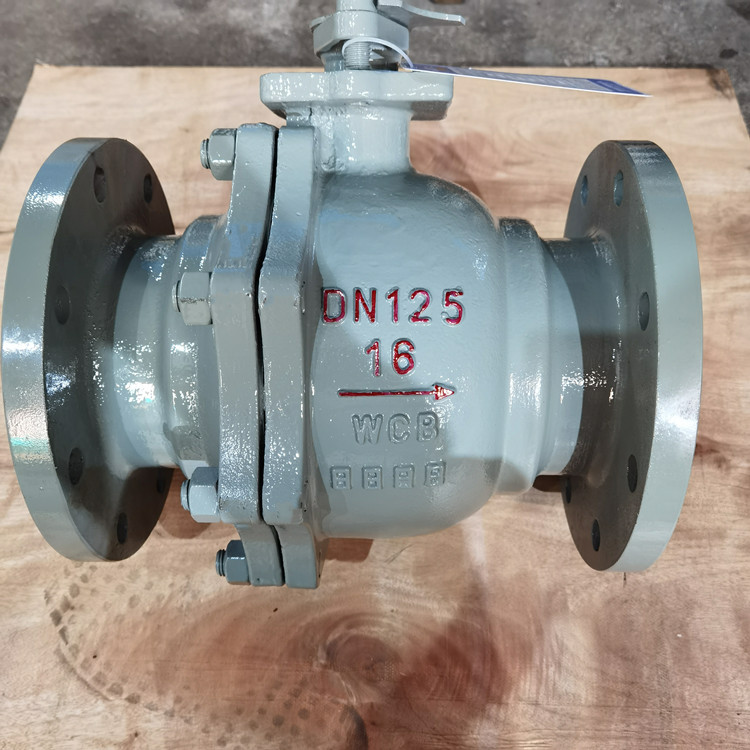water pump with foot valve
Understanding Water Pumps with Foot Valves
Understanding Water Pumps with Foot Valves
When you consider a water pump system, the foot valve's primary function is to maintain a consistent water supply. When the pump operates, it creates a vacuum that draws water through the foot valve. The valve opens to allow water to enter the pump but closes immediately when the pump is turned off, preventing backflow. This is particularly important in applications where the water source is below the pump, as it helps to keep the pump primed and ready for immediate use.
water pump with foot valve

Choosing the right foot valve is essential for optimal performance. Foot valves come in various sizes and materials, typically made of brass, plastic, or stainless steel. The choice of material often depends on the specific application, whether it's for agricultural use, residential supply, or industrial settings. It's also crucial to select a foot valve that matches the size of the pump and the diameter of the piping to avoid any flow restrictions.
Regular maintenance of both the water pump and the foot valve is key to a long-lasting and efficient system. Inspecting the foot valve for debris or wear can prevent potential malfunctions. If a foot valve becomes clogged, it can lead to reduced efficiency or even pump failure, making routine checks a vital part of system upkeep.
In conclusion, water pumps equipped with foot valves are a reliable choice for various water movement applications. The foot valve not only ensures that the pump remains primed but also enhances the overall efficiency of the water system. Whether for irrigation, residential use, or industrial applications, understanding the role of the foot valve and maintaining it properly can lead to improved performance and durability of your water pump system. By investing time in selecting quality components and regular maintenance, users can enjoy a trouble-free water supply experience.
-
The Key to Fluid Control: Exploring the Advantages of Ball Valves in Industrial SystemsNewsJul.09,2025
-
The Versatile World of 1, 2, and 3 Piece Ball ValvesNewsJul.09,2025
-
Stainless Steel Ball Valves: The Ideal Choice for Efficient Flow ControlNewsJul.09,2025
-
Optimizing Fluid Control with Ball Float ValvesNewsJul.09,2025
-
Manual Gate Valves: Essential for Control and EfficiencyNewsJul.09,2025
-
Everything You Need to Know About Butterfly ValvesNewsJul.09,2025
-
The Versatility of Wafer Type Butterfly ValvesNewsJul.08,2025




